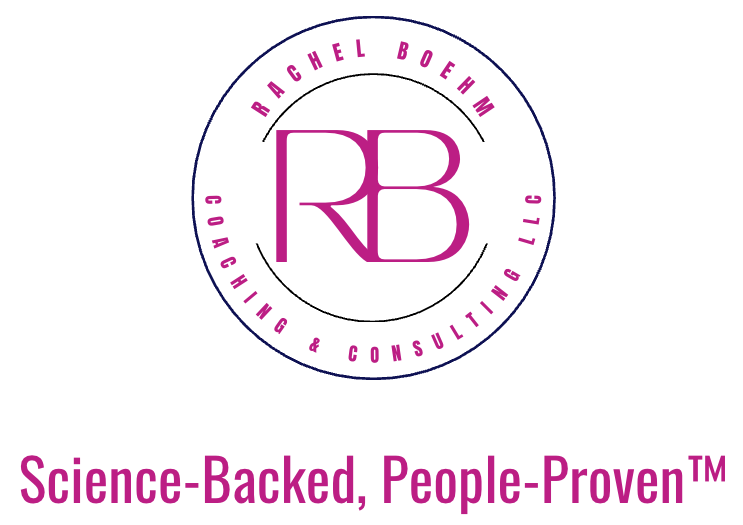5 Reasons Your Burned-Out Employees Aren't Participating in Your Wellness Program
Employee wellness programs have become a staple for most employers with some estimates showing that over 80% of U.S. employers offer some type of program.
However, many companies find their burned-out employees aren't engaging with these initiatives. Here are five reasons why your wellness program might be missing the mark.
1. Time Scarcity
Burned-out employees are time-starved. They don't feel they have the luxury of participating in brown-bag presentations, onsite fitness classes, or meditation sessions during their already packed workday. I’ve worked with teams who say they don’t feel like they have time to go to the bathroom let alone use wellness benefits even if the programs are of interest.
Programs and events held after hours feel like they encroach on their limited personal time, which they desperately need to recharge and attend to personal responsibilities. Benefits that can be used on-demand also struggle from competing priorities, both personal and professional, such as commutes, caregiving for children and/or parents, work that bleeds into after-hours time, household chores and repairs, and any social commitments that they have held on to despite their decreasing amount of personal time.
2. Lack of Trust in Program Motivations
The cynicism that burned-out employees feel can make them skeptical about the true intentions behind employee wellness programs. I’ve heard from many that they perceive these initiatives as a way for the company to make them more resilient not for the good of their health or happiness but so they can work harder, longer, and with fewer resources. This mistrust can be a significant barrier to participation and further erode trust and community.
Typically this mistrust arises because the company has not laid the groundwork for the program by way of pairing it with culture change initiatives, management training, and visible leadership buy-in and participation. These efforts can build a strong foundation not only for your wellness program but in addressing the systemic causes of burnout such as excess workload, lack of community, sense of unfairness, too little reward and recognition, and a disconnect between the values of the employee and the organization.
3. Misalignment with Employee Needs
Speaking of the systemic causes of burnout, wellness programs typically are offered in silos from other HR and business consultant-led initiatives. The former are focused on individual health such as stress management, exercise and movement, nutrition, and occasionally also financial wellness. The latter are focused on issues such as employee engagement and retention, job roles and expectations, culture, and job performance. Rarely do these teams share data with each other or use the other’s data to inform their own programs, or track trends across the organization and within certain departments.
This leads to wellness programs that may not align with the type of wellness support employees actually need or want from their employer, ignore the root causes driving burnout. Such programs also subconsciously reinforce the idea that burnout is an individual’s problem and the onus to resolve it is only on them, rather than a shared responsibility with the employer. Any program that only targets individuals cannot banish burnout because it’s only addressing a small piece of the root causes, arguably none of the root causes. Generic wellness programs that don't tackle the six areas of misalignment driving burnout in your specific workplace are unlikely to engage burned-out employees.
4. Unsupportive Management
Employees who lack supportive management, or perceive a lack of support, may worry that participating in wellness activities, even during their lunch break, will be seen as a sign that they don't have enough work to do. I’ve heard from many employees who share this fear across organizations. They worry they will be penalized with additional tasks even if they take a short 5-10 minute break, creating a disincentive to engage in wellness initiatives.
Unsupportive management can also look like those who don’t model participation in or are well-versed in the program offers. This sends a message that the programs aren’t valued. Managers who consistently schedule meetings or assign urgent tasks either during wellness programming times or shortly around those times, meaning the only way for the employee to make the deadline or meeting is to skip the programming.
Managers who make dismissive comments about wellness initiatives can also make the programs seem like a check-the-box, a waste of resources, and unimportant. This reinforces the cynicism and distrust I spoke about earlier leaving employees unsure if participation is truly allowed.
5. Perceived Lack of Control and Autonomy
Burned-out employees often feel a lack of control over their work environment and daily tasks. This sense of powerlessness can extend to wellness programs if they feel pressured to participate, if the programs are too prescriptive in that they have limited offers or availability, or if the employees have not had the opportunity to provide input or feedback.
This misalignment stems from the burnout factor of lack of control, where employees feel they have little say in their work life. When wellness programs are presented without employee input or flexibility, it can exacerbate the lack of autonomy that is a driver for burnout where employees feel they have little say in their work life. Burned-out workers may view these programs as yet another obligation they can't influence, rather than an opportunity for self-care and improvement.
To address this, wellness programs should offer a variety of options and allow employees to choose what works best for them. Involving employees in program design and implementation, through initial surveys and feedback surveys can also increase their sense of ownership and control, potentially boosting participation and effectiveness.
TLDR
By addressing these five issues, companies can create more effective wellness programs that truly support their employees' well-being, foster a culture of peak performance and camaraderie, support every individual’s need for autonomy, fairness, and belonging, and by doing so, truly move the needle on burnout.


